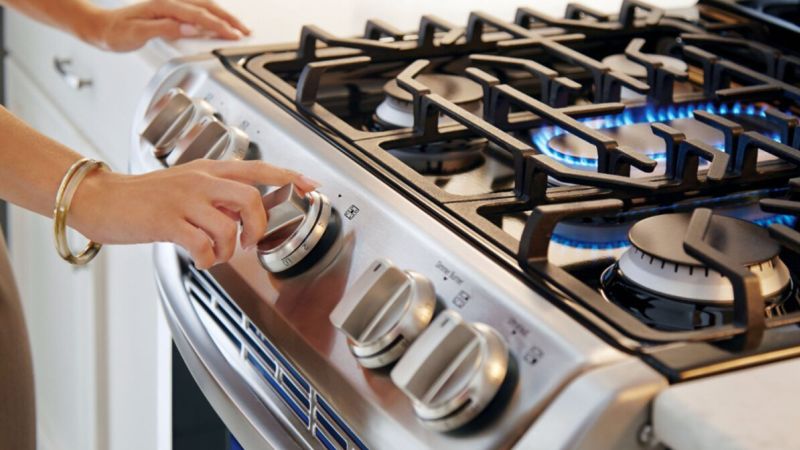Wall ovens are a popular choice for many homeowners looking to upgrade their kitchen appliances. Unlike traditional range ovens, wall ovens are built directly into the wall, offering a sleek and modern look while also saving valuable floor space. In this guide, we’ll explore the benefits, types, features, and installation considerations for wall ovens.
Benefits of Wall Ovens
Space-saving and flexible design
Wall ovens are installed directly into the wall at a convenient height, typically around eye level. This frees up valuable floor space that would otherwise be taken up by a range, allowing for more storage, a larger cooktop, or other design elements. Wall ovens also offer greater flexibility in kitchen layout, as they can be installed in various locations separate from the cooktop.
Ergonomic and convenient
With the oven positioned higher up, there’s no need to bend down to put dishes in or take them out. This makes it much easier on your back and body, especially when dealing with heavy items like a large roast or turkey. The elevated position also makes it more convenient to check on the progress of your food through the oven window.
Potential for double ovens
Wall oven setups make it possible to have two full-size ovens stacked on top of each other without taking up extra floor space or needing a very wide range. Double wall ovens are great for serious cooks or those who entertain often, as they allow you to cook multiple dishes at different temperatures simultaneously.
Improved cooking performance
Many high-end wall ovens come with advanced features like convection cooking, which circulates hot air for faster, more even baking and roasting. The separation of the oven from the cooktop also allows you to choose an oven with the exact features and functions you need for your cooking style, rather than being limited by what’s available in range format.
Sleek, built-in look – When installed flush with the cabinetry, wall ovens create a clean, streamlined, built-in look in the kitchen. This integrated appearance is very popular in modern kitchen designs. The separate cooktop can be installed seamlessly into the countertop for an equally sleek finish.
Types of Wall Ovens
Single Wall Ovens
Single wall ovens are the most common and basic type, featuring a single oven cavity. They are available in various sizes, typically ranging from 24 to 30 inches wide1. Single wall ovens are a great choice for smaller kitchens or for those who don’t need the extra capacity of a double oven. They can be installed at a comfortable height, eliminating the need to bend down when inserting or removing dishes. Despite being the simplest type, many single wall ovens still offer advanced features like convection cooking, self-cleaning, and smart connectivity.
Double Wall Ovens
Double wall ovens feature two separate oven cavities stacked on top of each other, allowing you to cook different dishes at different temperatures simultaneously. This is ideal for large families or those who frequently entertain, as it significantly increases cooking capacity and flexibility. Each oven cavity in a double wall oven can typically be controlled independently, with separate temperature settings and cooking modes.
Some models even allow you to use convection cooking in one cavity and conventional cooking in the other. Double wall ovens do require more space and are more expensive than single ovens, but for those who need the extra capacity, they’re a game-changer.
Combination Wall Ovens
Combination wall ovens offer even more versatility by combining a traditional oven with a microwave, convection microwave, or steam oven in a single appliance.
The most common type of combination wall oven features a traditional oven on the bottom and a microwave on the top. This allows you to bake, roast, and broil in the main oven while using the microwave for quick reheating, defrosting, or cooking smaller dishes.
Some high-end combination wall ovens replace the microwave with a steam oven. Steam ovens use hot steam to cook food, resulting in more moist, flavorful dishes.
They’re particularly great for vegetables, fish, and rice dishes. The main advantage of combination wall ovens is that they offer multiple cooking functions in a single, space-saving appliance. They’re perfect for kitchens where space is at a premium but you don’t want to sacrifice functionality.
Other Wall Oven Variations
In addition to these main types, there are a few other variations of wall ovens to consider:
- Convection vs. Conventional: Convection wall ovens feature a fan that circulates hot air for more even, efficient cooking, while conventional ovens rely on radiant heat.
- Gas vs. Electric: While most wall ovens are electric, some high-end models are available in gas. Gas ovens provide more precise temperature control and tend to have more moisture, which can be better for baking.
- Smart Wall Ovens: Many modern wall ovens feature smart connectivity, allowing you to control the oven remotely via your smartphone or voice commands. This can be convenient for preheating the oven while you’re out or checking on the status of your dish.
Regardless of the type, a wall oven can be a great addition to any kitchen, providing a sleek, built-in look and advanced cooking capabilities. The right choice will depend on your specific needs, space constraints, and budget.
Features to Consider
 When shopping for a wall oven, there are several key features to consider that can greatly enhance your cooking experience and make your life easier.
When shopping for a wall oven, there are several key features to consider that can greatly enhance your cooking experience and make your life easier.
Convection Cooking
Convection cooking is a feature found in many high-end wall ovens. Unlike conventional ovens, which rely on radiant heat from the top and bottom elements, convection ovens use a fan to circulate hot air throughout the oven cavity.
This circulating air results in more even cooking, as it eliminates hot and cold spots. It also typically allows for faster cooking times and can be great for browning and crisping foods.
Some wall ovens feature true convection (also known as European convection), which adds an additional heating element around the fan for even better heat distribution.
Self-Cleaning
Self-cleaning is a very popular feature in wall ovens. During a self-cleaning cycle, the oven heats up to extremely high temperatures (usually around 900°F or 482°C) to burn off any food residue or grease, reducing it to ash that can be easily wiped away.
This feature can save a lot of time and effort in cleaning the oven, which is notoriously one of the most dreaded kitchen cleaning tasks. However, the self-cleaning process can produce a lot of heat and sometimes smoke, so it’s important to ventilate the kitchen well during the cycle.
Some newer wall ovens offer steam cleaning as an alternative. This uses lower temperatures and moisture to loosen grime, making it a quicker and cooler option for lighter cleaning.
Temperature Probe
A temperature probe is a handy feature that allows you to monitor the internal temperature of your food without opening the oven door. The probe is inserted into the food before cooking and connects to a receptacle in the oven wall.
You can set a target internal temperature, and the oven will alert you when the food reaches that temperature. This is particularly useful for cooking meats to a precise doneness without guesswork or constant checking.
Some advanced wall ovens even have the ability to automatically adjust the cooking time or switch to a keep-warm setting once the target temperature is reached.
Smart Connectivity
Smart connectivity is a feature that’s becoming increasingly common in high-end appliances, including wall ovens. A smart wall oven connects to your home Wi-Fi network, allowing you to control it remotely using your smartphone or voice commands via a virtual assistant like Amazon Alexa or Google Assistant.
With a smart wall oven, you can preheat the oven while you’re out, check on the status of your dish from another room, or even receive alerts when the oven is preheated or the cooking is done.
Some smart ovens also feature advanced diagnostics that can alert you to potential issues and even connect you directly with customer service.
Sabbath Mode
Sabbath mode is a feature designed for those who observe the Jewish Sabbath or other religious holidays where work, including cooking, is prohibited. When Sabbath mode is activated, the oven will remain on at a constant temperature (usually around 185°F or 85°C) for an extended period, typically 24 to 78 hours.
This allows food to be kept warm without any direct intervention, as changing oven settings is not permitted during the Sabbath. The oven lights and display are also typically disabled in Sabbath mode to avoid creating any electrical activity.
While this feature is designed with religious observance in mind, it can also be useful for slow cooking or keeping dishes warm for extended periods.
Other features to consider include the oven’s capacity, the type and number of racks, the control panel design, and any specialized cooking modes like pizza or bread proofing. Prioritizing the features that matter most to your cooking style and needs can help you find the perfect wall oven for your home.
Installation Considerations
 Installing a wall oven is a complex process that requires careful planning and consideration. Here’s a more detailed look at the key installation factors to keep in mind:
Installing a wall oven is a complex process that requires careful planning and consideration. Here’s a more detailed look at the key installation factors to keep in mind:
Electrical Requirements
Wall ovens require a significant amount of power to operate, typically 220-240 volts. This is different from the standard 110-120 volt outlets used for most small appliances. As a result, wall ovens need to be connected to a dedicated electrical circuit.
Before purchasing a wall oven, it’s crucial to make sure your kitchen has the proper electrical setup. This may involve hiring an electrician to install a new circuit or to check that your existing circuit can handle the load of the new oven.
Failure to provide the correct electrical supply can result in poor performance, damage to the oven, or even a fire hazard. Always follow the manufacturer’s specifications for electrical requirements.
Cabinet Cutout Dimensions
Wall ovens are designed to be built into your kitchen cabinetry, so it’s essential to ensure that the oven you choose will fit properly into the designated space. This space is known as the cabinet cutout.
Before shopping for a wall oven, carefully measure the width, height, and depth of your cabinet cutout. Keep in mind that these dimensions need to account for any trim or overlapping edges on the oven.
It’s also important to consider the position of the cutout in relation to your countertop and other appliances. You’ll want to ensure that the oven is at a comfortable height for inserting and removing dishes, and that there’s enough clearance for the oven door to open fully.
If you’re replacing an existing wall oven, don’t assume that the new one will be the same size. Always check the specifications of the new model to ensure it will fit.
Ventilation
Proper ventilation is crucial for the safe and efficient operation of a wall oven. Without adequate ventilation, heat and moisture can build up around the oven, potentially damaging your cabinetry or even causing a fire.
Each wall oven has specific ventilation requirements, which can be found in the manufacturer’s installation instructions. These typically include minimum clearances around the sides, top, and back of the oven.
In some cases, you may need to install a ventilation hood or duct to allow hot air and moisture to escape. This is especially important if your wall oven is near other appliances or cabinetry that could be damaged by excess heat.
Always follow the manufacturer’s recommendations for ventilation to ensure the longevity and safety of your wall oven and your kitchen.
Professional Installation
 Given the complexity of electrical connections and the precision required for cabinet fitting, it’s highly recommended to have your wall oven professionally installed, unless you have significant experience with this type of work.
Given the complexity of electrical connections and the precision required for cabinet fitting, it’s highly recommended to have your wall oven professionally installed, unless you have significant experience with this type of work.
A professional installer will ensure that your oven is connected to the correct electrical circuit, that it’s properly grounded, and that it’s securely fitted into your cabinetry. They can also check for proper ventilation and make any necessary adjustments.
Attempting to install a wall oven yourself can be dangerous due to the risk of electrical shock. Improper installation can also lead to poor oven performance, damage to your cabinetry, or even a fire.
Many retailers offer professional installation services when you purchase a wall oven. If this isn’t an option, look for a licensed and experienced appliance installer or electrician in your area.
While professional installation does add to the overall cost of your wall oven, it’s a worthwhile investment for the safety, performance, and longevity of your appliance. Always prioritize safety and quality when it comes to installing major appliances like wall ovens.
Top Wall Oven Brands
- Bosch
- Café
- GE Profile
- Jenn-Air
- KitchenAid
- Miele
- Thermador
- Viking
- Whirlpool
- Wolf
Final Words
When shopping for a wall oven, consider your cooking needs, budget, and kitchen layout. Read reviews, compare features, and visit appliance showrooms to see the ovens in person before making a decision. Investing in a high-quality wall oven can greatly enhance your cooking experience and add value to your kitchen. With the right model and proper installation, you’ll enjoy the benefits of a wall oven for years to come.
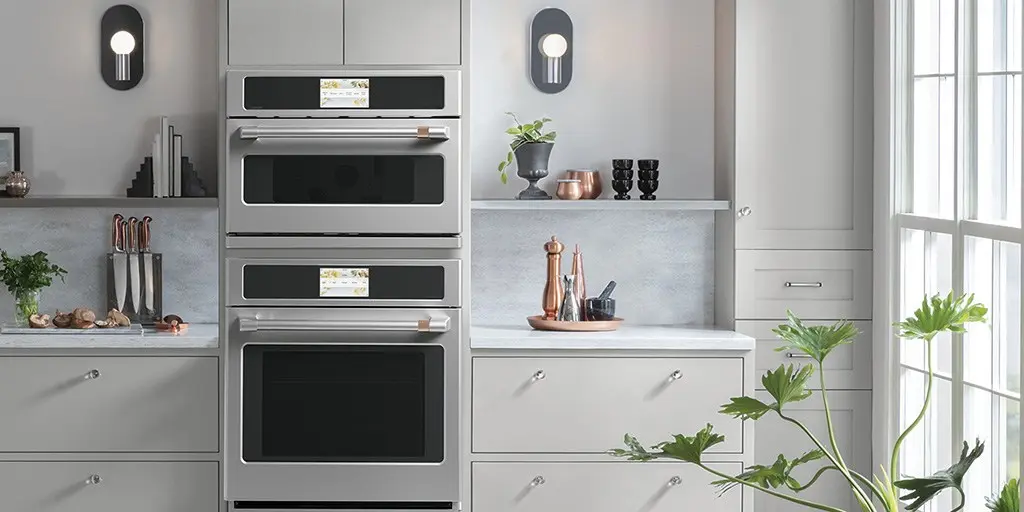


 For those seeking a budget-friendly solution to protect their stovetop, the StoveGuard Lite offers a rugged yet flexible option designed to keep your gas range free from grease and grime.
For those seeking a budget-friendly solution to protect their stovetop, the StoveGuard Lite offers a rugged yet flexible option designed to keep your gas range free from grease and grime.


 Electric ranges are available in different installation types to fit various kitchen layouts:
Electric ranges are available in different installation types to fit various kitchen layouts:


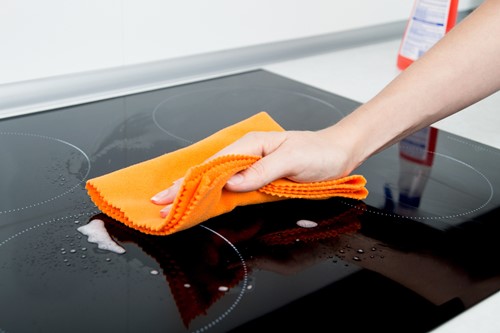

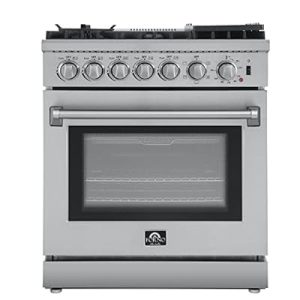
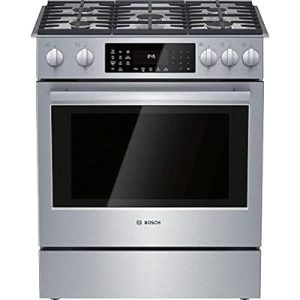


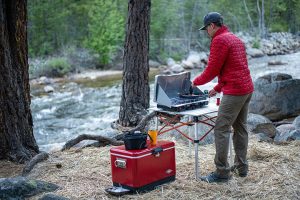 Camping stoves are a fundamental piece of equipment for outdoor enthusiasts, offering several distinct advantages over traditional campfires. These benefits not only enhance the camping experience but also contribute to safety and environmental conservation.
Camping stoves are a fundamental piece of equipment for outdoor enthusiasts, offering several distinct advantages over traditional campfires. These benefits not only enhance the camping experience but also contribute to safety and environmental conservation.